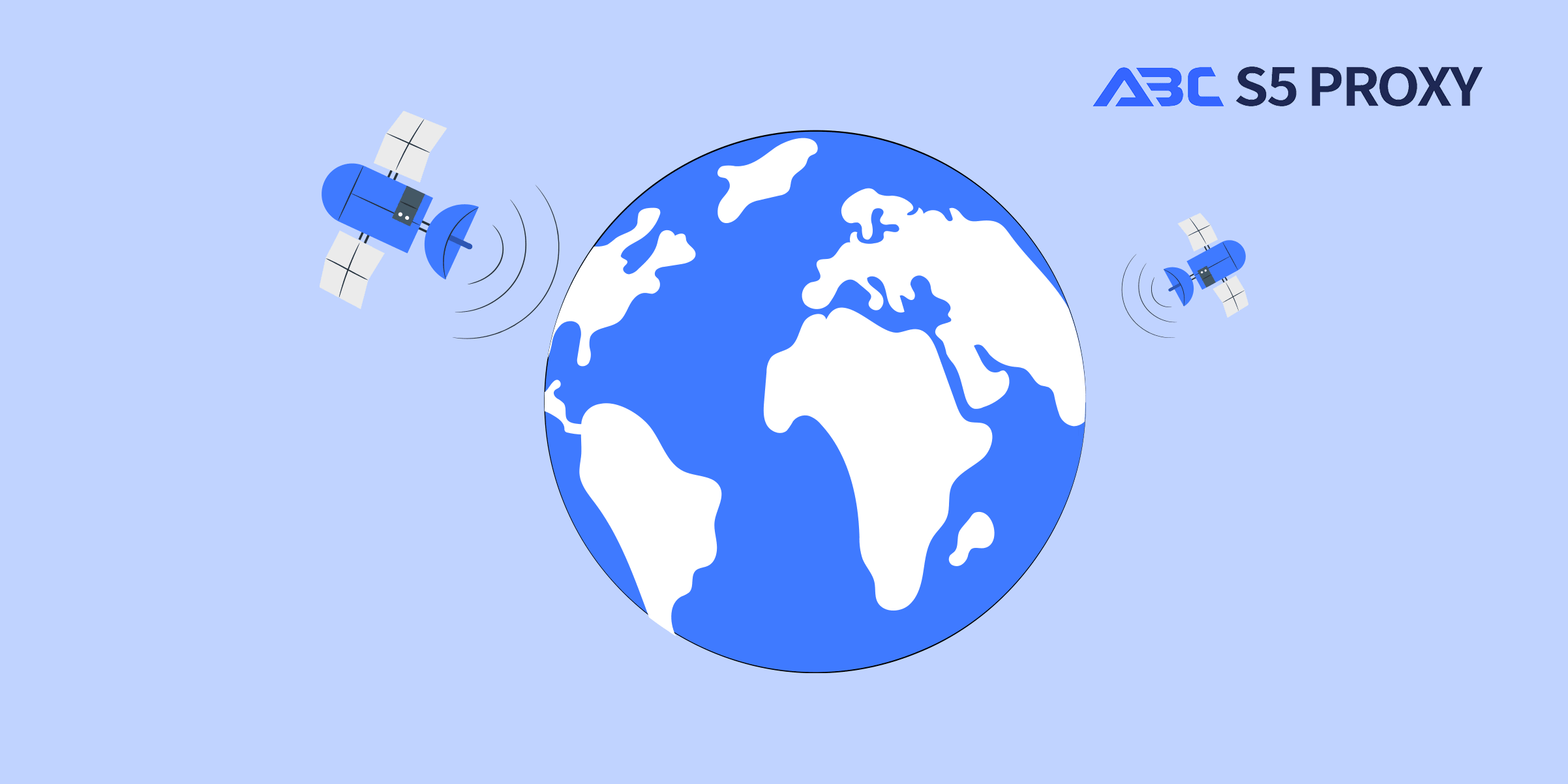Residential Proxies
Allowlisted 200M+ IPs from real ISP. Managed/obtained proxies via dashboard.

Proxies
Residential Proxies
Allowlisted 200M+ IPs from real ISP. Managed/obtained proxies via dashboard.
Residential (Socks5) Proxies
Over 200 million real IPs in 190+ locations,
Unlimited Residential Proxies
Use stable, fast, and furious 700K+ datacenter IPs worldwide.
Static Residential proxies
Long-lasting dedicated proxy, non-rotating residential proxy
Dedicated Datacenter Proxies
Use stable, fast, and furious 700K+ datacenter IPs worldwide.

Web Unblocker
View content as a real user with the help of ABC proxy's dynamic fingerprinting technology.
Proxies
API
Proxy list is generated through an API link and applied to compatible programs after whitelist IP authorization
User+Pass Auth
Create credential freely and use rotating proxies on any device or software without allowlisting IP
Proxy Manager
Manage all proxies using APM interface

Proxies
Residential Proxies
Allowlisted 200M+ IPs from real ISP. Managed/obtained proxies via dashboard.
Starts from
$0.77/ GB
Residential (Socks5) Proxies
Over 200 million real IPs in 190+ locations,
Starts from
$0.045/ IP
Unlimited Residential Proxies
Use stable, fast, and furious 700K+ datacenter IPs worldwide.
Starts from
$79/ Day
Rotating ISP Proxies
ABCProxy's Rotating ISP Proxies guarantee long session time.
Starts from
$0.77/ GB
Static Residential proxies
Long-lasting dedicated proxy, non-rotating residential proxy
Starts from
$5/MONTH
Dedicated Datacenter Proxies
Use stable, fast, and furious 700K+ datacenter IPs worldwide.
Starts from
$4.5/MONTH
Knowledge Base
English
繁體中文
Русский
Indonesia
Português
Español
بالعربية

Aggregation Definition and the Role of abcproxy in Data Aggregation
In today's fast-paced world, data aggregation has become an integral part of the decision-making process for businesses across various industries. With the ever-increasing amount of data being generated, collected, and analyzed, the need for effective aggregation methods and tools has never been greater. In this blog post, we will explore the definition of aggregation, its importance in data analysis, and the role that abcproxy plays in the aggregation process.
Aggregation can be defined as the process of combining and summarizing data from multiple sources into a single, cohesive dataset. This aggregated data can then be used for analysis, reporting, and decision-making purposes. By aggregating data, businesses can gain valuable insights, identify trends, and make informed decisions based on a comprehensive view of their data.
There are several methods of aggregation, including summing, counting, averaging, and grouping data based on specific criteria. For example, in financial analysis, aggregation may involve summing up the total revenue for a specific period, averaging monthly expenses, or counting the number of customers in different regions. Regardless of the method used, the goal of aggregation is to simplify complex datasets and extract meaningful information that can drive business decisions.
One tool that plays a crucial role in data aggregation is abcproxy. abcproxy is a software solution that helps businesses collect, aggregate, and analyze data from multiple sources in real-time. By acting as a proxy server, abcproxy intercepts data requests from various devices, applications, or systems and aggregates the incoming data before forwarding it to the intended destination.
abcproxy can aggregate data from a wide range of sources, including web servers, databases, APIs, IoT devices, and more. Its flexible architecture allows businesses to customize the aggregation process based on their specific requirements, such as data format, frequency, and destination. With abcproxy, businesses can centralize their data aggregation efforts, ensuring consistency, accuracy, and efficiency in the analysis process.
One of the key benefits of using abcproxy for data aggregation is its ability to handle large volumes of data in real-time. By streamlining the aggregation process, abcproxy enables businesses to access up-to-date insights and make timely decisions based on the most recent data. This real-time capability is especially valuable in rapidly changing environments where quick decision-making is essential for success.
Moreover, abcproxy offers advanced features such as data transformation, filtering, and normalization, allowing businesses to clean and enrich their aggregated data before analysis. By standardizing data formats and ensuring data quality, abcproxy helps businesses avoid inconsistencies, errors, and inaccuracies that can compromise the integrity of their analysis results.
In conclusion, data aggregation is a critical process for businesses looking to harness the power of data analytics and make informed decisions. By aggregating data from multiple sources, businesses can gain a comprehensive view of their operations, customers, and market trends, leading to better strategic planning and performance optimization. With tools like abcproxy, businesses can streamline the aggregation process, access real-time insights, and unlock the full potential of their data for competitive advantage.
Featured Posts
Popular Products
Residential Proxies
Allowlisted 200M+ IPs from real ISP. Managed/obtained proxies via dashboard.
Residential (Socks5) Proxies
Over 200 million real IPs in 190+ locations,
Unlimited Residential Proxies
Use stable, fast, and furious 700K+ datacenter IPs worldwide.
Rotating ISP Proxies
ABCProxy's Rotating ISP Proxies guarantee long session time.
Residential (Socks5) Proxies
Long-lasting dedicated proxy, non-rotating residential proxy
Dedicated Datacenter Proxies
Use stable, fast, and furious 700K+ datacenter IPs worldwide.
Web Unblocker
View content as a real user with the help of ABC proxy's dynamic fingerprinting technology.
Related articles

How does the ChatGPT RAG example improve information processing capabilities
Analyze the actual application scenarios of ChatGPT combined with Retrieval Augmented Generation (RAG) technology, explore its value in knowledge integration and data acquisition, and understand how abcproxy provides underlying support for the RAG system.

How does Best Socks5 Proxy ensure anonymous network needs
This article explores the core value of Socks5 proxy in anonymous networks and analyzes how abcproxy high anonymous proxy meets diverse security needs.

How to remove website access restrictions
This article analyzes the technical principles and mainstream solutions of website access restrictions, and explores the core role of proxy IP in bypassing regional blocking and anti-crawling mechanisms. abcproxy provides multiple types of proxy IP services to help you break through network restrictions efficiently.